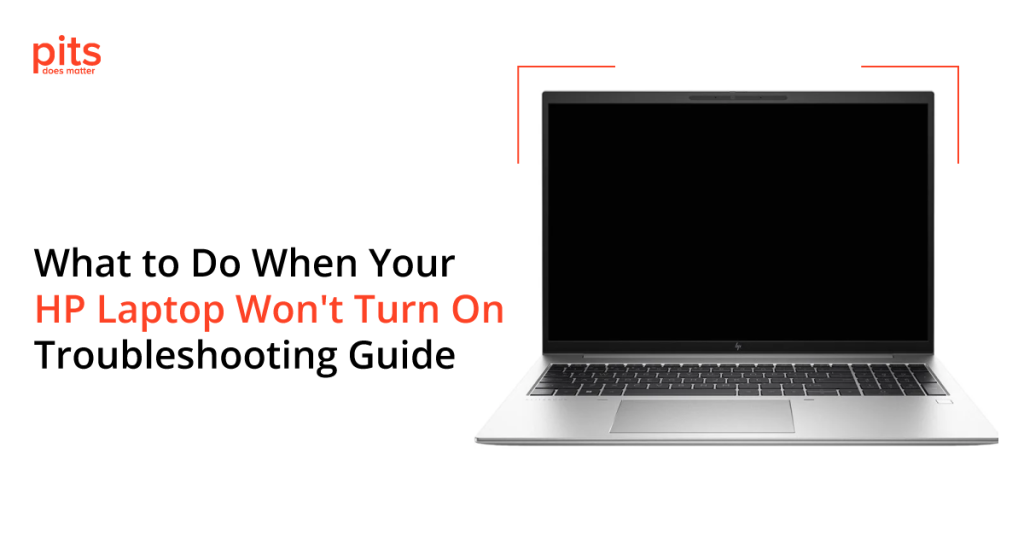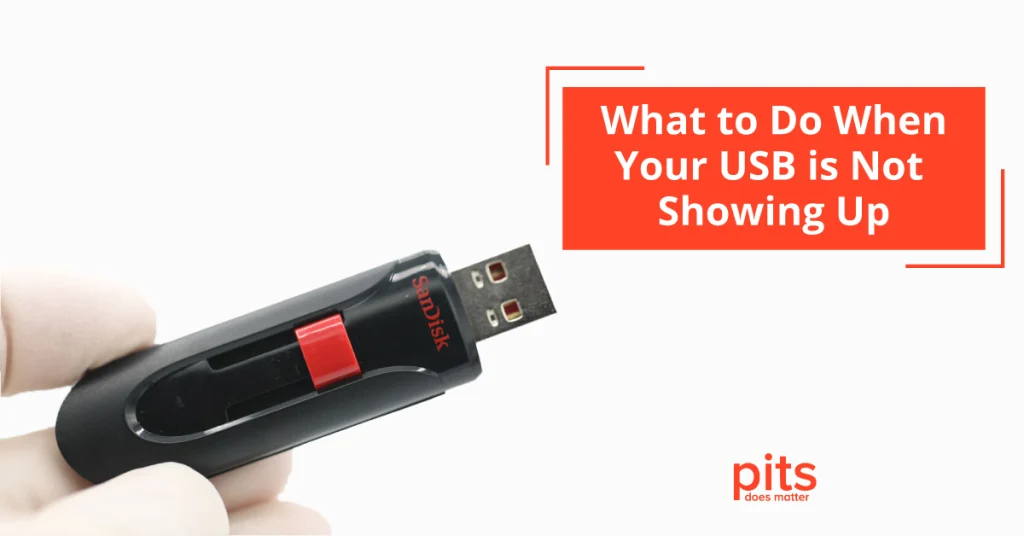Many Windows users often encounter the Inaccessible Boot Device error. This issue usually arises from problems with the boot process, preventing the system from loading correctly. It can be frustrating because it often leads to an unbootable system and potential data loss. The Inaccessible Boot Device error is a prevalent issue on Windows that leads to the Blue Screen of Death (BSOD). Luckily, there exist do-it-yourself approaches to resolve this.
What is a Boot Device
Before we discuss fixing this error, let’s first understand what a boot device is. A boot device is any hardware or software that helps your computer start up and load the operating system (OS). Common boot devices include hard drives, solid-state drives, and USB flash drives. The boot device must be formatted with a file system compatible with Windows, such as NTFS or FAT32.
What is the Cause of the Inaccessible Boot Device Error
The inaccessible boot device error in Windows can occur due to various factors. Some of the typical causes include:
- Outdated or corrupt drivers: If your hard disk or SSD drivers are outdated or corrupted, the system might not recognise the boot device.
- Damaged hardware: Physical damage to the hard disk, SSD, or other components can prevent the system from accessing the boot device.
- Incorrect BIOS configuration: Misconfigured BIOS settings, like boot order or storage configuration, can trigger this error.
- Recent software installations: New software or updates may conflict with existing system files, causing boot issues.
- Malware infection: Viruses or malware can modify critical system files, leading to an inaccessible boot device error.
- File system errors: This issue can be caused by file system corruption, which is often caused by improper shutdowns or disk errors
Steps to Resolve the Inaccessible Boot Device Error
There are several methods to fix the inaccessible boot device error in Windows. If the error prevents you from accessing your system normally, you can boot into Safe Mode and apply one of the following solutions.
Recover Data from Inaccessible Boot Device Errors in Windows
If data is lost due to an inaccessible boot device error, try retrieving it using a data recovery tool. However, these methods don’t always work. If you’ve tried everything and the error persists, consider advanced troubleshooting or seeking professional help.
PITS Global Data Recovery Services specialises in recovering data from various media types, including hard drives, SSDs, and flash drives. Our team is accessible 24/7 to assist you. Contact us anytime, and we’ll handle your data recovery needs with professionalism and care.
Frequently Asked Questions
What reasons for the "Inaccessible Boot Device" error in Windows?
Several factors can cause the “Inaccessible Boot Device” error in Windows. Common causes include corrupted or outdated drivers, recent changes to system configurations, and malfunctioning hardware. Software conflicts from recent installations or updates can also contribute to this error. Thoroughly diagnosing the root cause is essential for effectively resolving the issue.
How can I fix the "Inaccessible Boot Device" error?
You can use the following actions to fix the issue:
- Update Drivers: Reboot into Safe Mode and update disk drivers via Device Manager.
- Run System File Checker: Execute `sfc /scannow` in Safe Mode.
- Use System Restore: Revert to a previous system state where the error was not present.
- Check Disk Errors: Run `chkdsk` to repair corrupted file systems.
- Fix BIOS Settings: Ensure the correct boot device is set in BIOS.
- Perform a Clean Boot: Disable non-essential drivers and startup programs.
Can malware cause an "Inaccessible Boot Device" error?
Yes, malware can alter essential system files, causing this error. Protect your system with a reliable antivirus program to prevent malware infections and ensure your computer’s security.
Is it possible to recover data from an inaccessible boot device?
Act swiftly to prevent exacerbating damage or data loss. Regularly backing up your data can mitigate permanent data loss in case of system failures.
How to boot into Safe Mode?
To access Safe Mode, restart your computer and frequently press the `F8` key before the Windows logo. This opens the Advanced Boot Options menu to choose “Safe Mode.” Alternatively, you can access Safe Mode through the Recovery Options in Windows by navigating to Settings > Update & Security > Recovery and then selecting “Restart now” under Advanced Startup.


